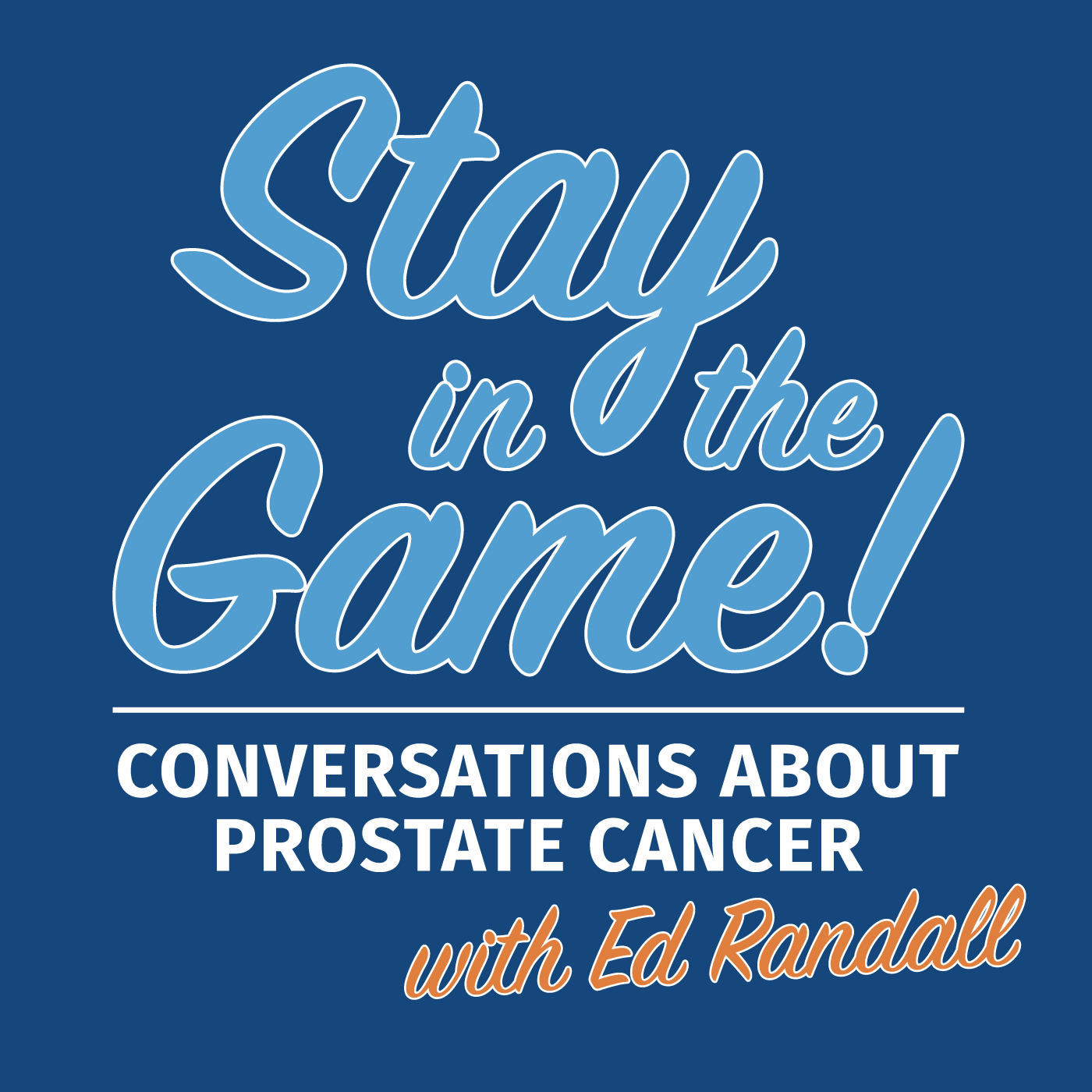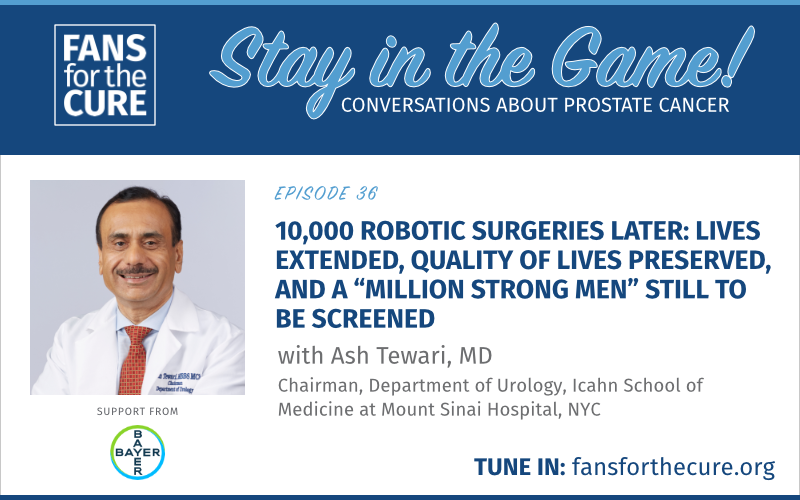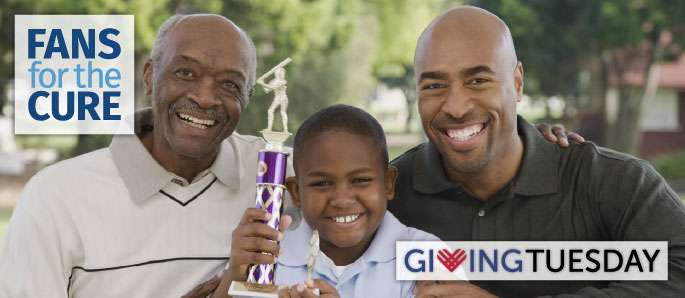When Fans for the Cure’s founder Ed Randall hosted New York-Presbyterian/Columbia head urologist Jim McKiernan on the Stay in the Game podcast at the height of the pandemic’s first wave, their discussion covered a wide range of topics. But McKiernan soon veered away from his descriptions of the front lines of Covid to sound an alarm that resonates even more ten months later – What would be the consequences of people missing their health and cancer screenings in 2020 due to Covid?
It turns out that the consequences are real and measurable.
In her terrific article in Bloomberg Business Week (February 15, 2021), writer Emma Court summarizes a year where while hundreds of thousands of patients were treated for Covid, other types of healthcare dropped off sharply. Preventive prescriptions went unwritten, HIV and cancer screenings went untaken, and people with acute medical conditions chose to stay home rather than go to the emergency room. When you add job disruptions that led to an increase in uninsured Americans, you get a full sense of what Ms. Court means by shadow health crisis.
Helped by regular media and public service messaging, routine non-Covid care has partially rebounded. But a study by two Boston-area hospitals already shows that deaths from two kinds of heart disease increased in the months after the pandemic began relative to 2019. The study suggested that the numbers reflected not only people passing on emergency care but were also a consequence of delayed physician visits, the prescribing of fewer medications, and the reduction in preventive medical procedures.
The costs of deferring care, however, are difficult to measure, both in terms of dollars and in forecasting future hospital visits. Early detection is important not only for each patient’s wellbeing but also in terms of overall community health. “Cancer care is very expensive,” says Susan Pantely of the American Academy of Actuaries. “If people miss their preventive care in 2020, how many of those are going to go into a cancer case in 2021?”
Based on a study of excess deaths – or the number of deaths above average in a given time frame – a VCU study finds more than 100,000 deaths not attributable to Covid from March to December 2020. Racial disparities extend to non-Covid mortality, according to the CDC, which shows that almost 12% more Black and Hispanic individuals died from non-Covid causes in 2020 vs. 2019, compared with just 4% more White people.
Here in New York City, the numbers indicating a shadow health crisis have resulted in a renewed emphasis in connecting residents to routine medical care and screenings. At the height of the pandemic last spring, DOH employees performed outreach in twenty-seven neighborhoods that already had high rates of hypertension, diabetes, and heart disease. Not to mention prostate cancer – which has diagnostic and mortality rates that is twice as high or more in the Black community than among White men.
Engy Ziedan, an assistant professor of economics at Tulane University, takes a glass half-full view of at least one aspect of Covid. The pandemic, she says, has offered the conditions to better evaluate certain aspects of American medical care. For example, we can now see what happens when a person skips physical therapy, the annual physical, or scheduled cancer screenings. She sees “a real opportunity here to identify what care is quality and what’s not.”
Jim McKiernan’s message from that first podcast – continue to go to the doctor in a safe way, make sure to address your non-Covid health – has shaped our charity’s online messaging since May 2020. For prostate cancer, requesting a discussion with your doctor or urologist about your family history, other risk factors, and the possibility of PSA testing is a good place to start.
“Who knows what happened to those people?” said a Chicago-area nurse about patients with whom he once consulted regularly for prescription refills and general health advice.
“They didn’t stop needing healthcare.”


